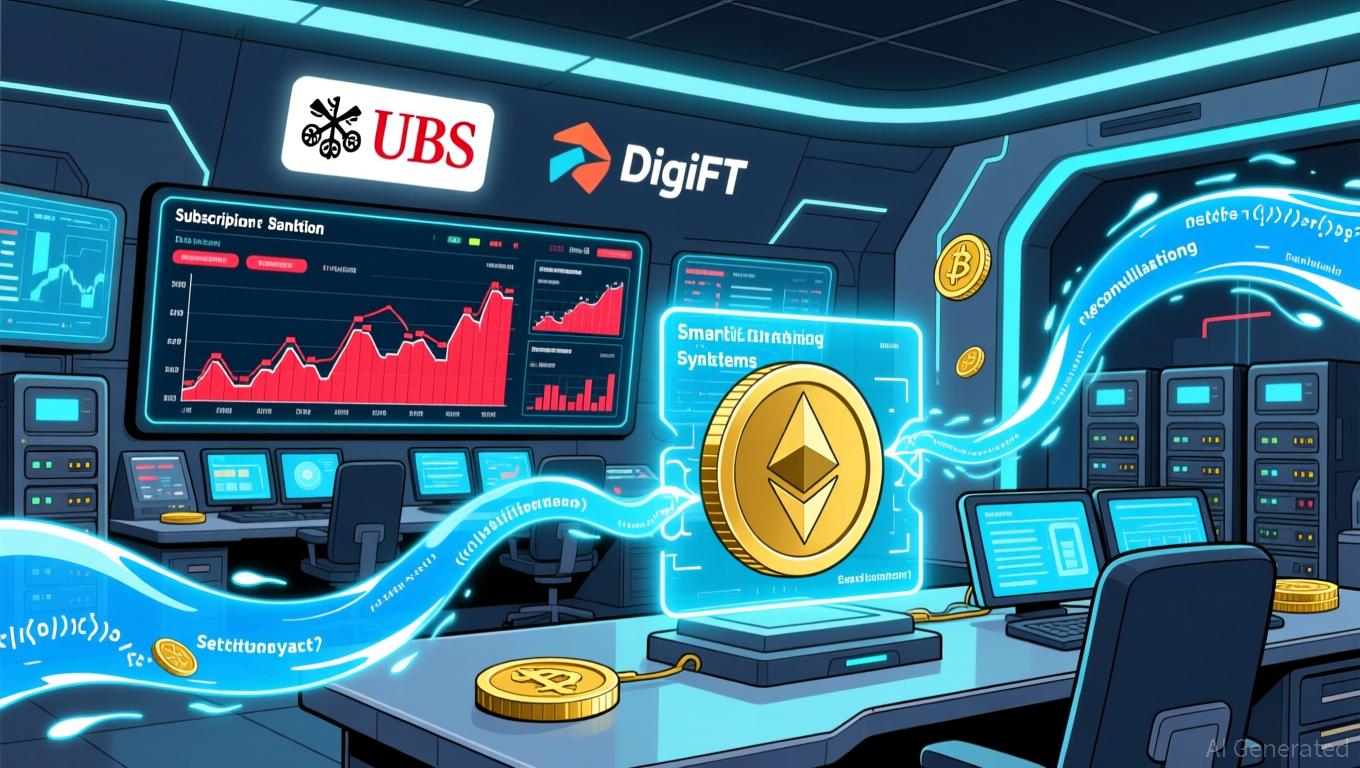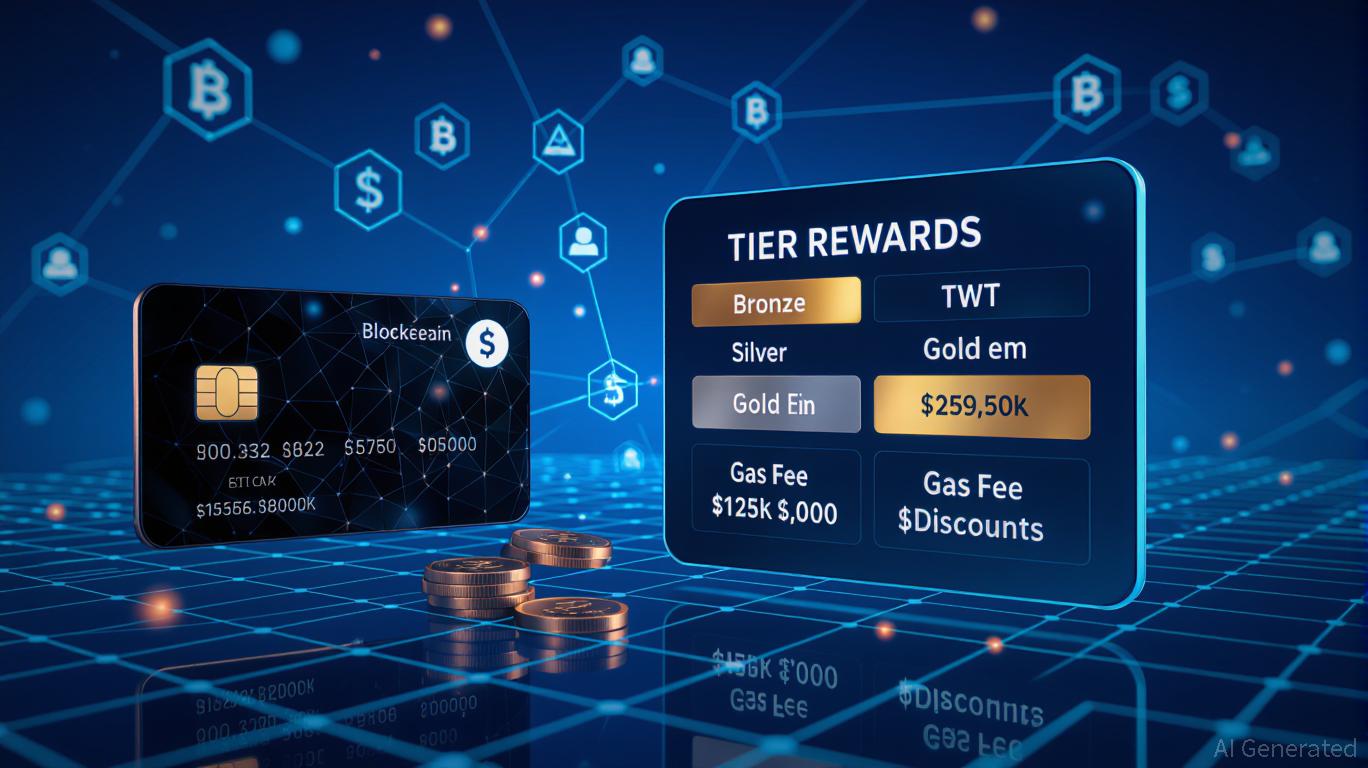Solana’s Proof of History Is Changing Blockchain Forever — Here’s How It Works
Quick Take Summary is AI generated, newsroom reviewed. Proof of History (PoH) is Solana’s unique time-based consensus system. It timestamps transactions using Verifiable Delay Functions (VDF). Solana achieves up to 65,000 TPS with PoH’s efficiency. The mechanism pairs with Proof of Stake (PoS) for added security.References X Post Reference
The revolutionary Proof of History (PoH) of Solana is transforming the processing of time and the sequence of the transactions on a blockchain. PoH in contrast to Proof of Work (PoW) or Proof of Stake (PoS) inserts time into the blockchain. It will transfer cryptographic timestamps on every transaction, which will validate the order of events. This innovation minimizes the utilization of continuous communication between validators which is a major bottleneck in most blockchains.
⏳ #CryptoFacts : What is Proof of History (PoH)? ⏳
— Dex-Trade (@dextrade_) November 11, 2025
Proof of History (PoH) is a unique consensus mechanism used by Solana, adding timestamps to transactions to verify the order of events. This method improves efficiency by reducing the need for extensive communication between… pic.twitter.com/llllAvdcBR
How Proof of History Works
A Verifiable Delay Function (VDF) is at the core of PoH. The VDF forms a time cryptographic chain as each new hash in the sequence is based on the previous one. Validators subsequently extend transactions to this chronology in a chronological manner. Since each transaction is already time stamped, the nodes do not need to synchronize on timing. This greatly decreases the latency and enables Solana to achieve speeds that are impossible in other blockchains. PoH doesn’t work alone. It goes hand in hand with Proof of Stake (PoS). PoS checks and verifies the transactions and PoH ensures that the transactions are carried out in a proper sequence. All these mechanisms give Solana a special advantage in both speed and energy consumption.
Why Proof of History Matters
The answer to this is PoH as it allows Solana to handle up to 65,000 transactions per second (TPS) which is many times higher than other blockchain technologies, such as Ethereum (15-30 TPS) or Bitcoin (7 TPS). In this design, there is no backlog to slow down the networks as before. The validators do not have to waste time on the agreement of which transaction occurred first. The answer itself lies in the blockchain itself. Solana also does not have the danger of external time sources manipulating the clock since the network can use its own time. This not only makes PoH faster, but more secure and tamper-proof as well.
Technical Benefits and Innovation
All of these technologies contribute to the very fast performance of Solana. It demonstrates that PoH can withstand significant speed differences among nodes as the validators of Solana stay synchronized even at 30 percent speed difference, which is more than the difference between the fastest and slowest nodes. The system also maintains the use of energy low, which is a greener alternative to Proof of Work-based systems. These technical innovations have enabled Solana to become a tier-1 blockchain to use as a layer-1 blockchain in decentralized finance (DeFi), non-fungible token (NFTs), and game application.
Compared to Proof of Work: PoW, as applied by Bitcoin, is based on miners solving complex puzzles – which is consuming of both energy. This necessity eliminated PoH. It rather lays emphasis on ordered generation of data that conserves energy and enhances throughput. Opposite Proof of Stake: PoS, used in Ethereum 2.0 among others, uses staked tokens to select the validators, but retains communication to determine the order of transactions.
Challenges and Criticism
PoH is also challenged although it has been successful. The critics mention that there is a risk of centralization, since the VDF sequence, in theory, may turn into a single point of failure once ruined. Network congestion and downtimes that happened between 2021 and 2023 are still in the history of Solana, but equally, recent upgrades will address those difficulties. The performance of the network in 2025 has been very impressive with enhanced uptime and efficiency of the validator.
Increasing Adoption and industry influence
Towards the end of 2025, Solana Proof of History is still interested by developers, traders and exchanges. The educational resources shared about PoH on platforms such as Dex-Trade, such as its recent post about the topic under the hashtag CryptoFacts, show the increasing level of interest in the Solana model. Evidence of History has re-invented blockchain performance. Solana has made a breakthrough by making time a cryptographic evidence to combine speed, security, and sustainability. PoH may be the new model of blockchains of the next generation as exchanges, developers, and DeFi platforms keep transitioning to Solana. It is flourishing, which demonstrates that blockchain innovation is not about money, it is about time.
Disclaimer: The content of this article solely reflects the author's opinion and does not represent the platform in any capacity. This article is not intended to serve as a reference for making investment decisions.
You may also like
Ethereum Updates: UBS Launches Tokenized Fund, Highlighting Blockchain’s Growing Role in Institutional Finance
- UBS executed first tokenized fund transaction using Chainlink's DTA standard on Ethereum , automating fund operations via smart contracts. - The uMINT fund with DigiFT's real-time processing demonstrated blockchain's potential to streamline institutional asset management and reduce reconciliation costs. - Institutional adoption accelerates as BNY, Goldman Sachs , and WisdomTree launch tokenized fund projects, with Ethereum's tokenized assets growing 2,000% YoY. - XRP and cross-border crypto projects gain

XRP News Today: XRP's Strong Fundamentals Face Off Against Death Cross—Will Institutional Investment Trigger a Recovery?
- XRP fell to $2.32 as technical indicators showed a death cross and bearish patterns, despite RLUSD's $1B supply milestone. - ETF filings by Bitwise and 21Shares could boost institutional liquidity, but U.S. government shutdown delays regulatory approvals. - Market sentiment remains cautious (Fear & Greed Index at 31) amid Bitcoin's downtrend dragging altcoins lower. - Analysts split between $1.9 support retests and potential rebounds above $2.40-2.50, with RSI at neutral 49.98.

Trust Wallet Token (TWT) Price Forecast: Ushering in a New Chapter for Decentralized Finance?
- Trust Wallet Token (TWT) surged to $1.6 in October 2025, doubling from June lows, driven by strategic integrations and institutional partnerships. - TWT's reimagined utility model, including Trust Premium loyalty rewards and Onramper fiat-onboarding, boosted real-world adoption in emerging markets. - Institutional interest grew via RWA tokenization (e.g., U.S. Treasury bonds) and ZKsync privacy integrations, while Q3 2025 data showed $330M market cap and $11M daily volume. - Analysts project $5.13 (2025)

HBAR's ETF Surge Contrasts with Institutional Sell-Off as Token Drops 2.1%
- HBAR fell 2.1% to $0.1837 as a 95% volume surge signaled institutional selling pressure, breaking key resistance near $0.1940. - Canary Capital's first U.S. HBAR ETF (HBR) launched October 28, 2025, aiming to boost institutional access despite recent price weakness. - Technical indicators show bearish structure with critical support at $0.1831, suggesting further downside risk if consolidation fails. - While Hedera's enterprise blockchain infrastructure remains stable, macroeconomic pressures and regulat

